Lately, there has been a lot of speculation that Apple is preparing its foldable MacBook, and the iPad is not completely out of the question either. It is necessary to advance technology to the next level, but does it really make sense at the expense of ergonomics?
In the "big" it was started by Samsung and Lenovo. Samsung in the form of its foldable Galaxy Z series smartphones, Lenovo in the case of ThinkPad X1 laptops. Being the first is important, but there is a certain risk in the form of the fact that you will be appreciated for the degree of invention, but you can lose your pants on it. Puzzles in general start perhaps too slowly. Samsung's competition is already growing, but it focuses only on the Chinese market, as if there was no purchasing power elsewhere. Or maybe the manufacturers are just not that confident in their cramples.
Tablets and 2-in-1 solutions
Galaxy Z Fold3 is a smartphone that tries to have an overlap in the tablet sphere. The Galaxy Tab S8 Ultra is Samsung's most equipped tablet, which has a giant 14,6" diagonal. When you add the company's keyboard to it, it turns out to be a powerful Android machine that can comfortably handle the work of many a computer. But this is exactly the case when it might pay off to fold such a large diagonal in half.
You may have different opinions on this, but a device this large is already at the edge of usability considering the fact that it is "just" a tablet. A portfolio of so-called 14-in-2 notebooks is quite common around 1". These are computers that, although they offer a full-sized keyboard, turn them over and you actually get a tablet because they provide a touch screen. In addition, several companies such as Dell, ASUS, and Lenovo offer such a solution, and of course such a solution has the advantage of a full-fledged operating system.
It could be interest you
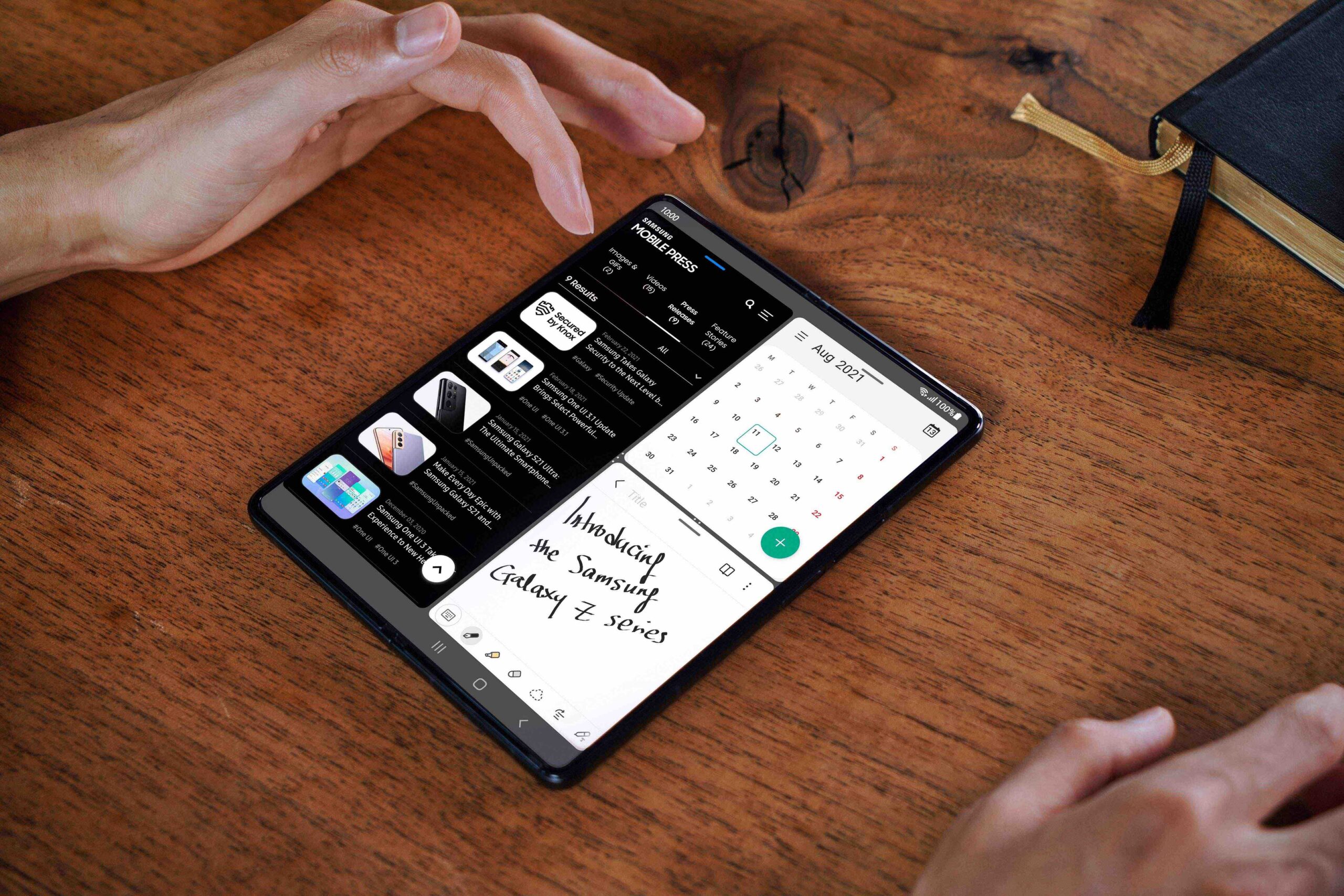
A flexible notebook
The last mentioned company is already trying it with flexible notebooks. The Lenovo ThinkPad X1 Fold is the world's first folding laptop with an OLED display and an Intel Core i5 processor and 8GB of RAM. Thanks to the design of the hinges, the notebook can be used not only as a computer, but also as a tablet. The 13,3" display is, of course, touchscreen, offering a 4:3 aspect ratio and a resolution of 2048 x 1536 pixels. Stylus support is a matter of course.
However, the fact remains that the average user will have no use for such a device for 80 CZK. If Apple presented its alternative, it would be the same or higher in price, so such devices are still limited to a narrow group of users, usually professionals. It will take some time for the technology itself to become cheaper. After all, we shouldn't wait until 2025 for Apple's first foldable solution, and that should be "just" the iPhone. Another folding product portfolio should follow in the next few years.
Although such devices can be fine for graphics and working with a stylus, they are actually unnecessary for normal work, if we think of normal work as a keyboard + mouse (trackpad) combination. Lenovo also shows an interestingly designed physical keyboard with its folding laptop, but in that case, of course, you won't use the device's potential if you don't use it separately. Personally, I'm a fan of all "puzzle games" and I hope they catch on in the market, we just need someone to show us how to use them and how to get their full potential out of them. And that's exactly what Apple is a specialist in, so even if it won't be the first, it might finally be usable the way the general public wants it to be.
For example, you can buy the Lenovo ThinkPad X1 Fold Gen 1 here
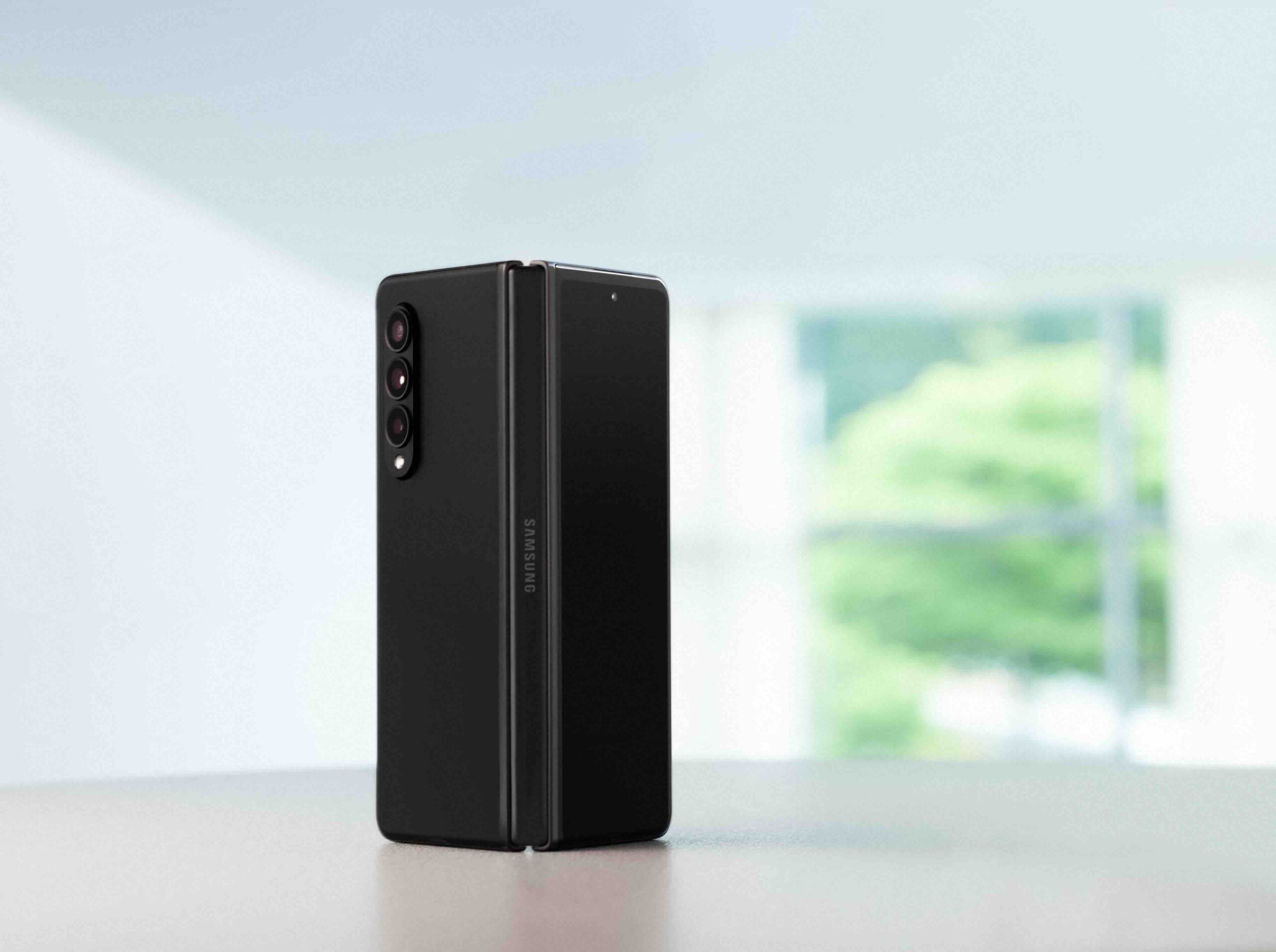

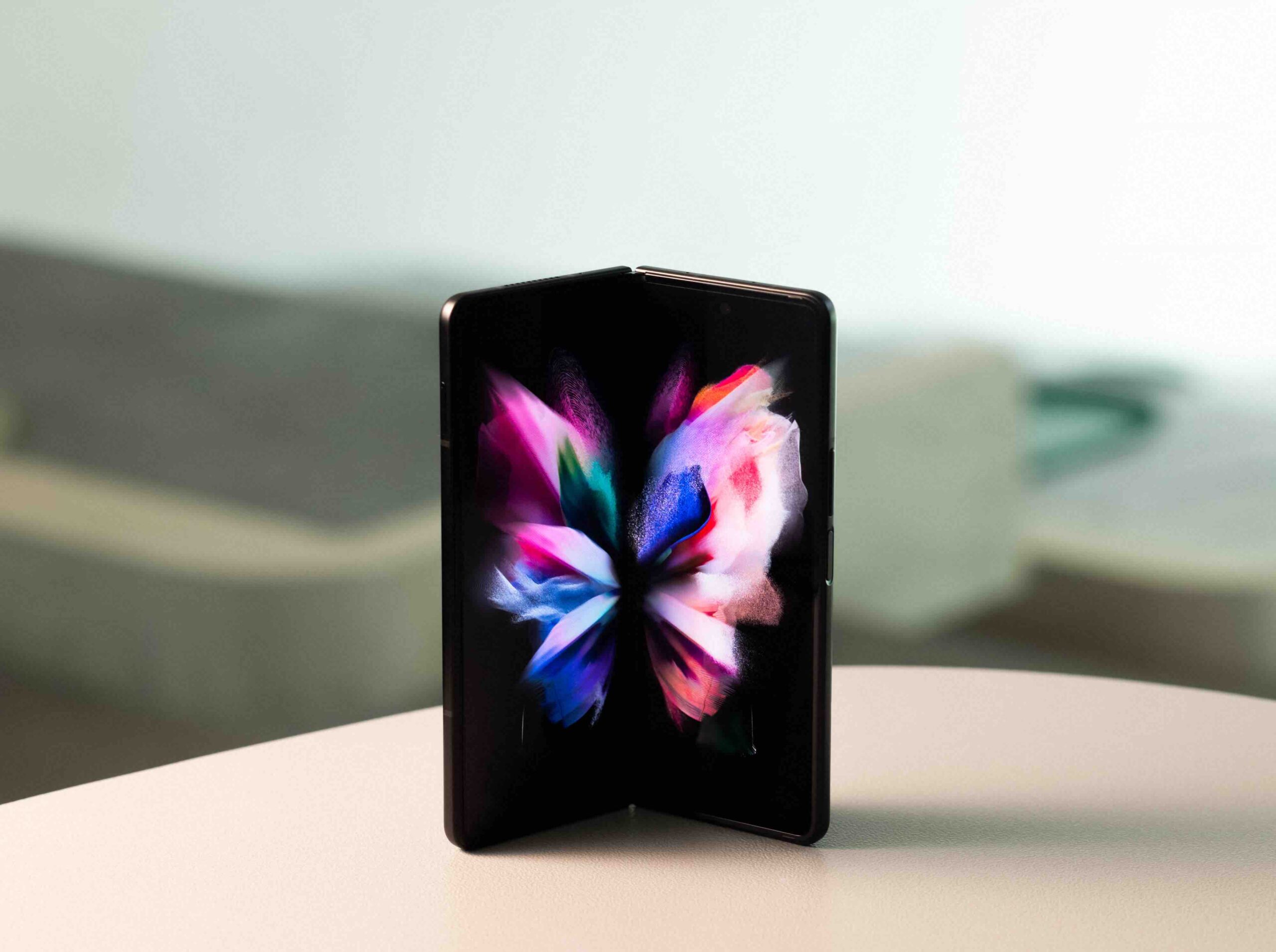
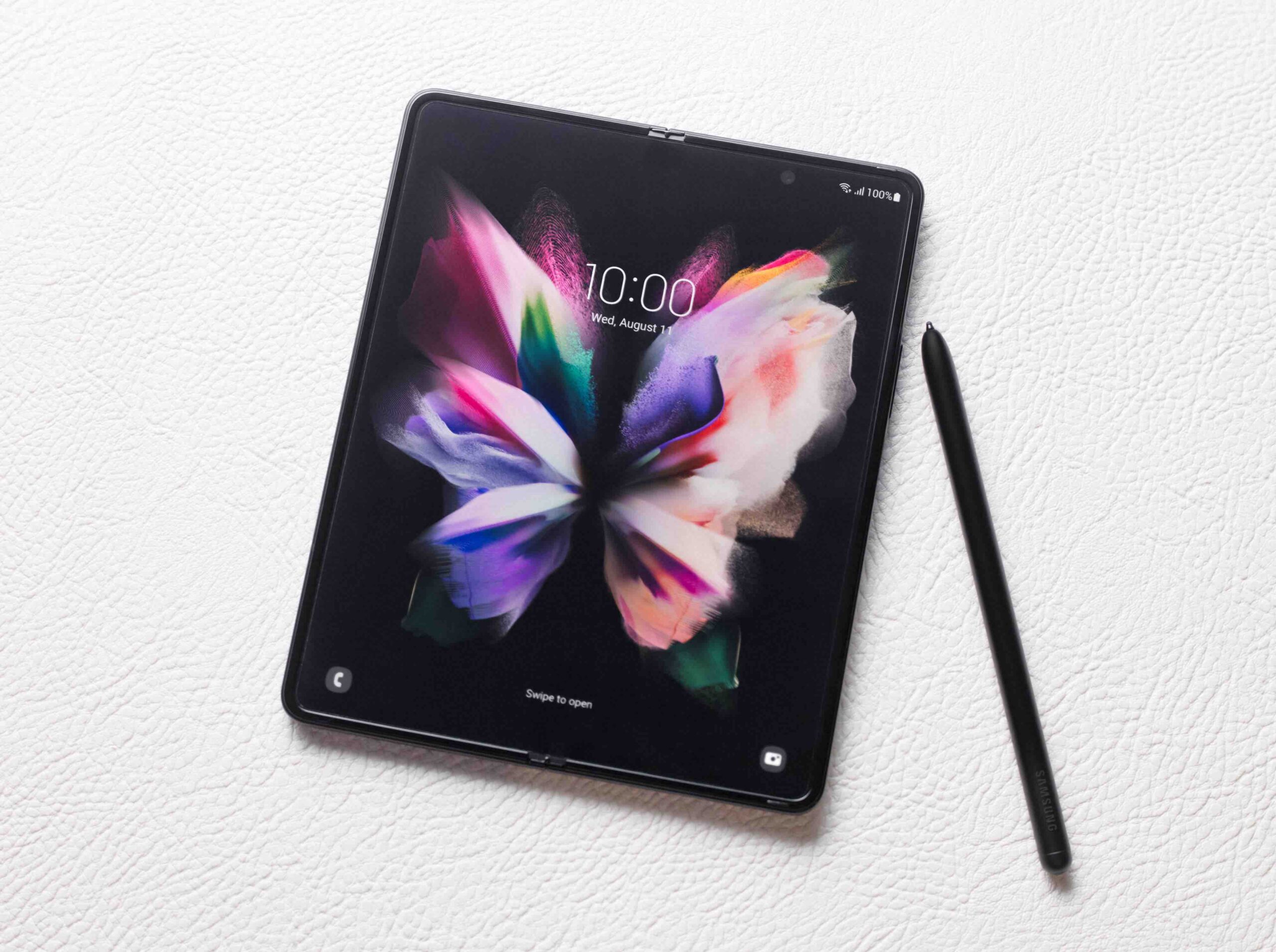
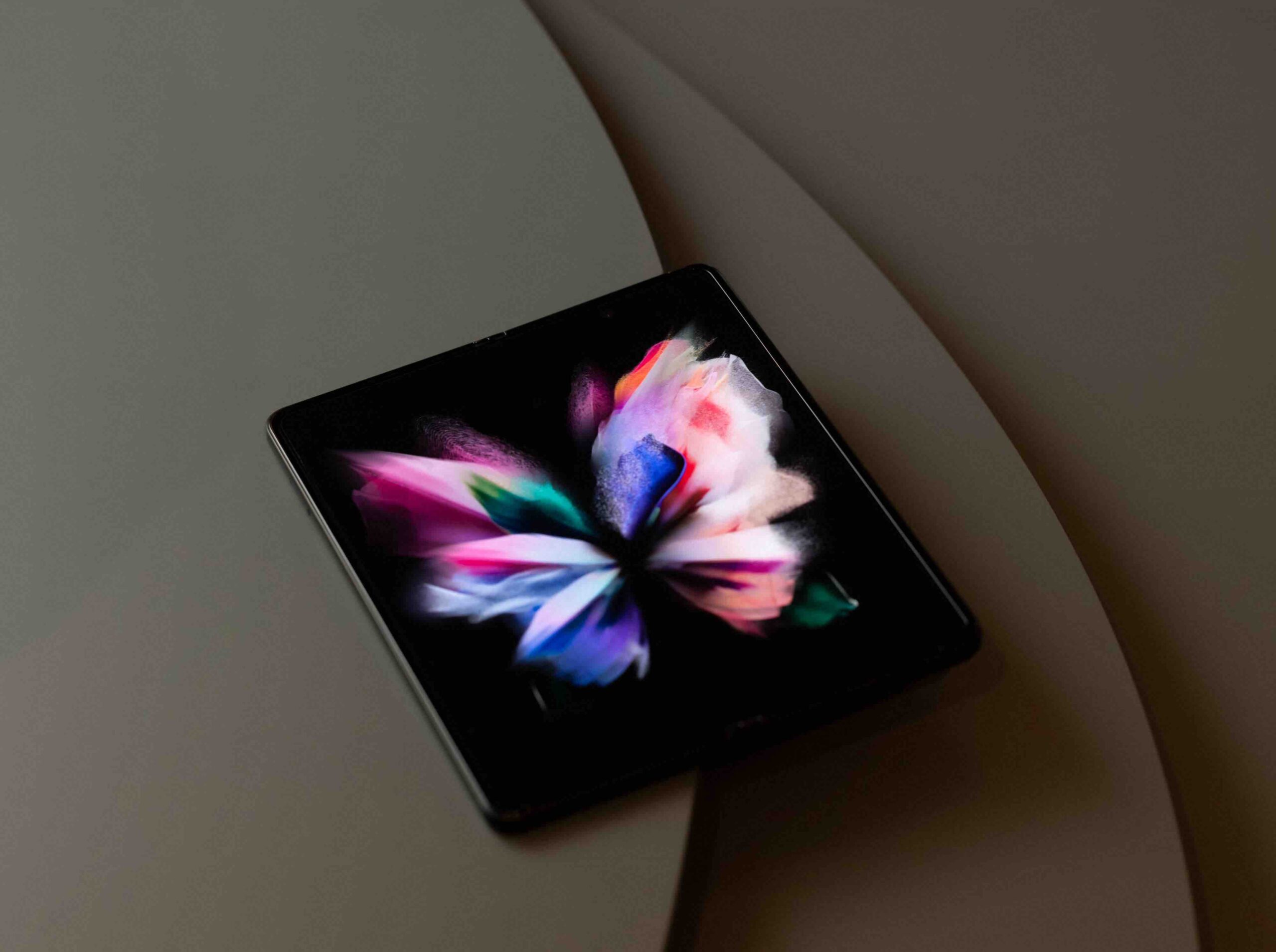

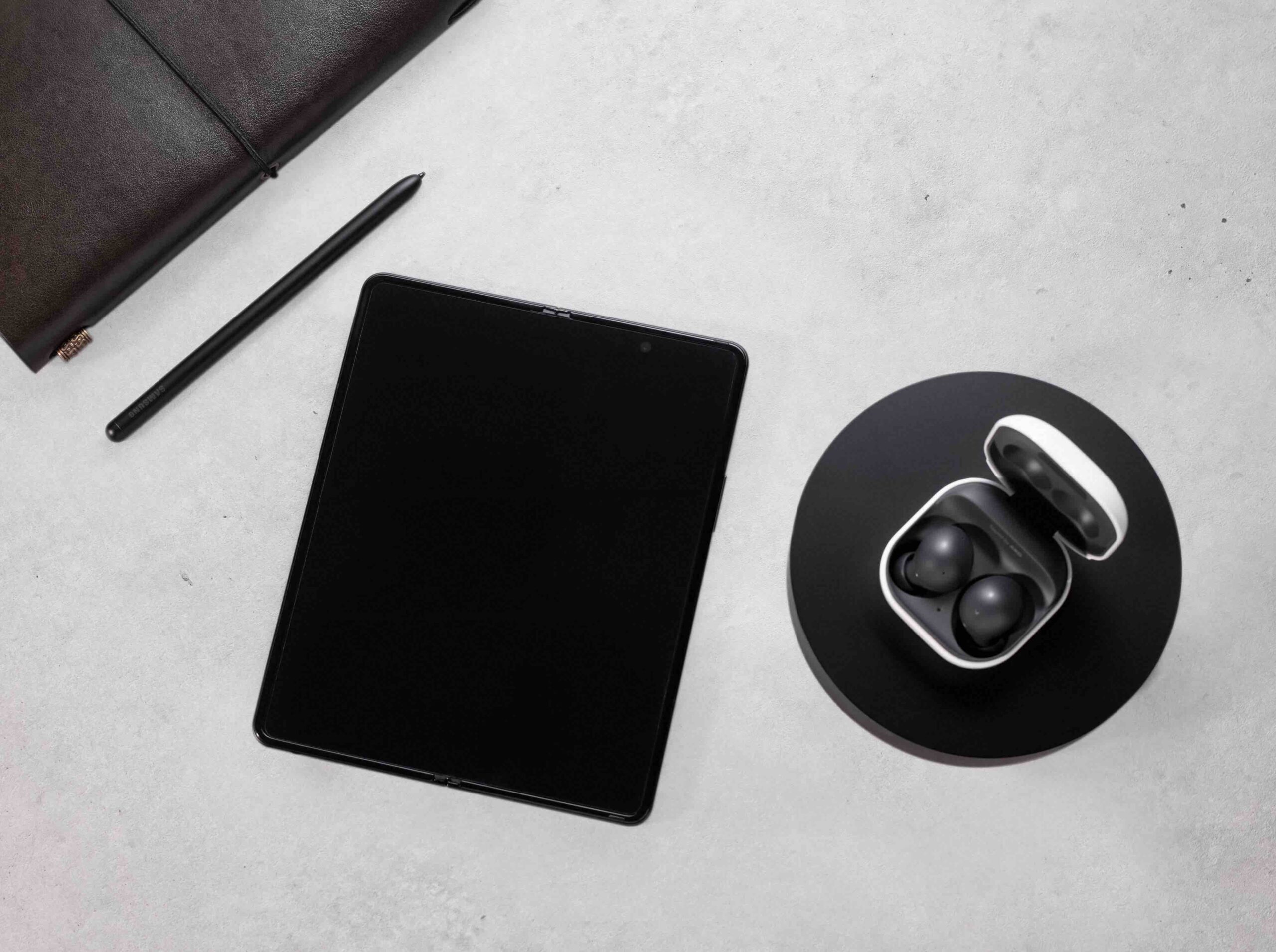


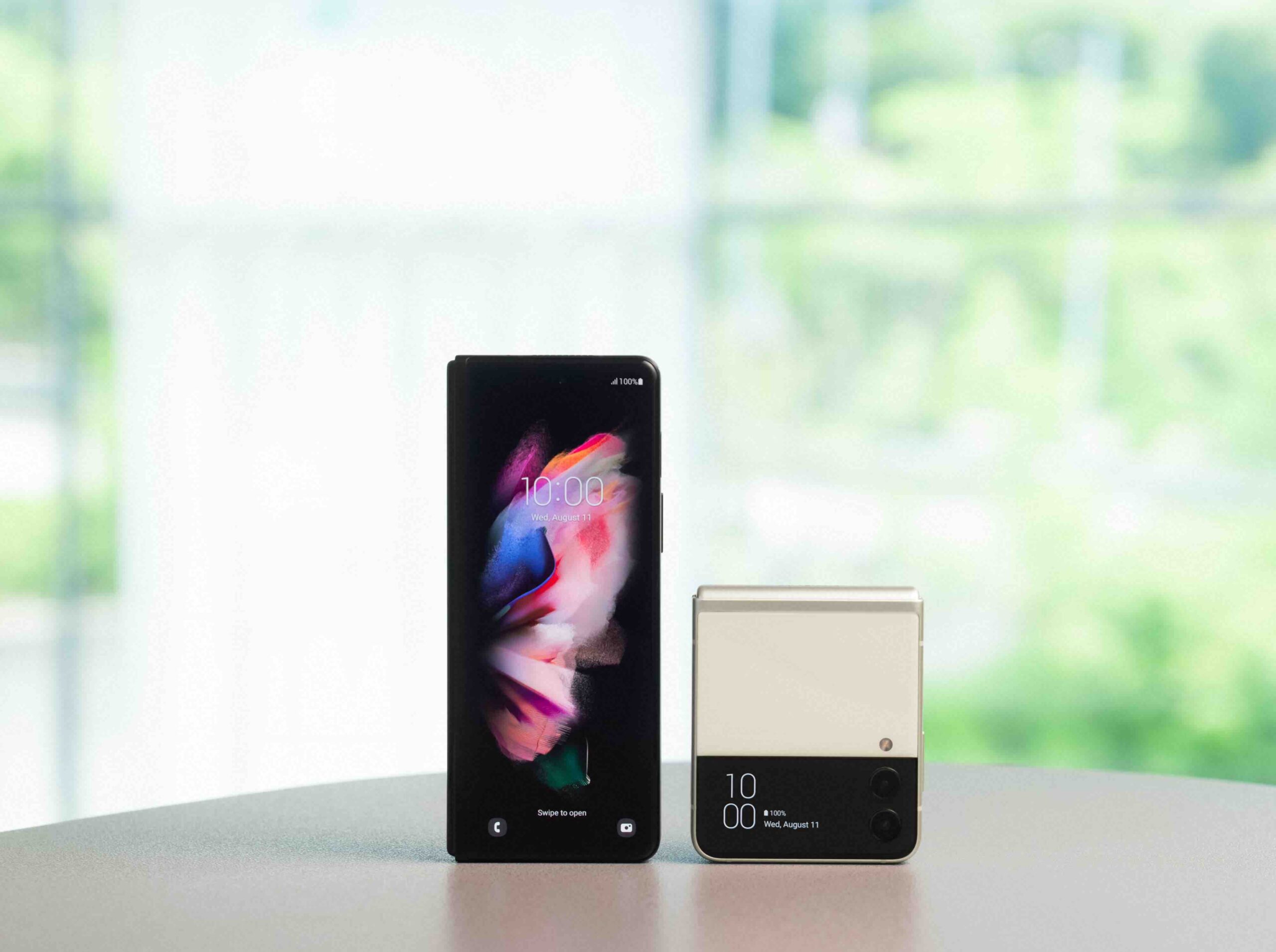

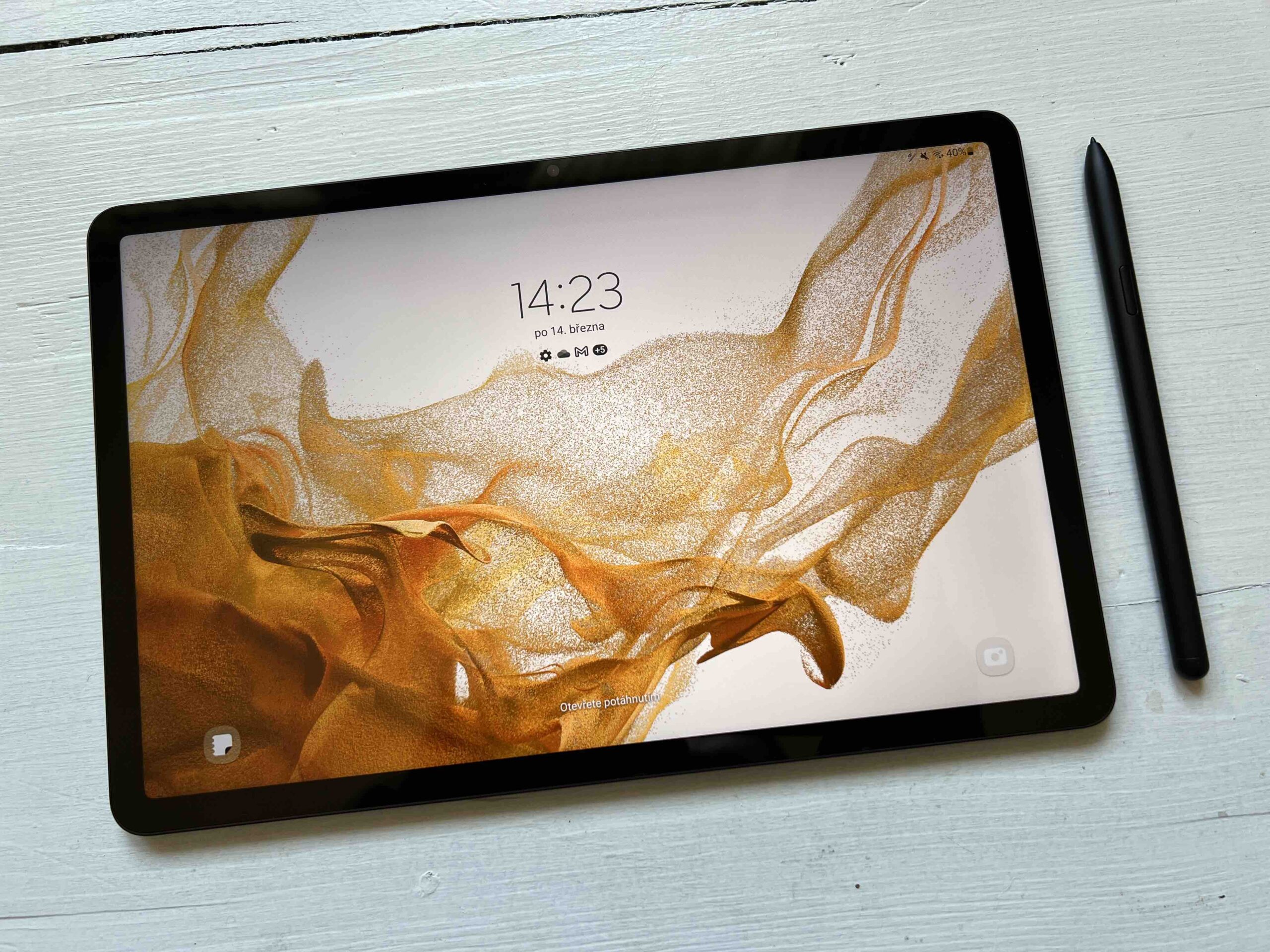
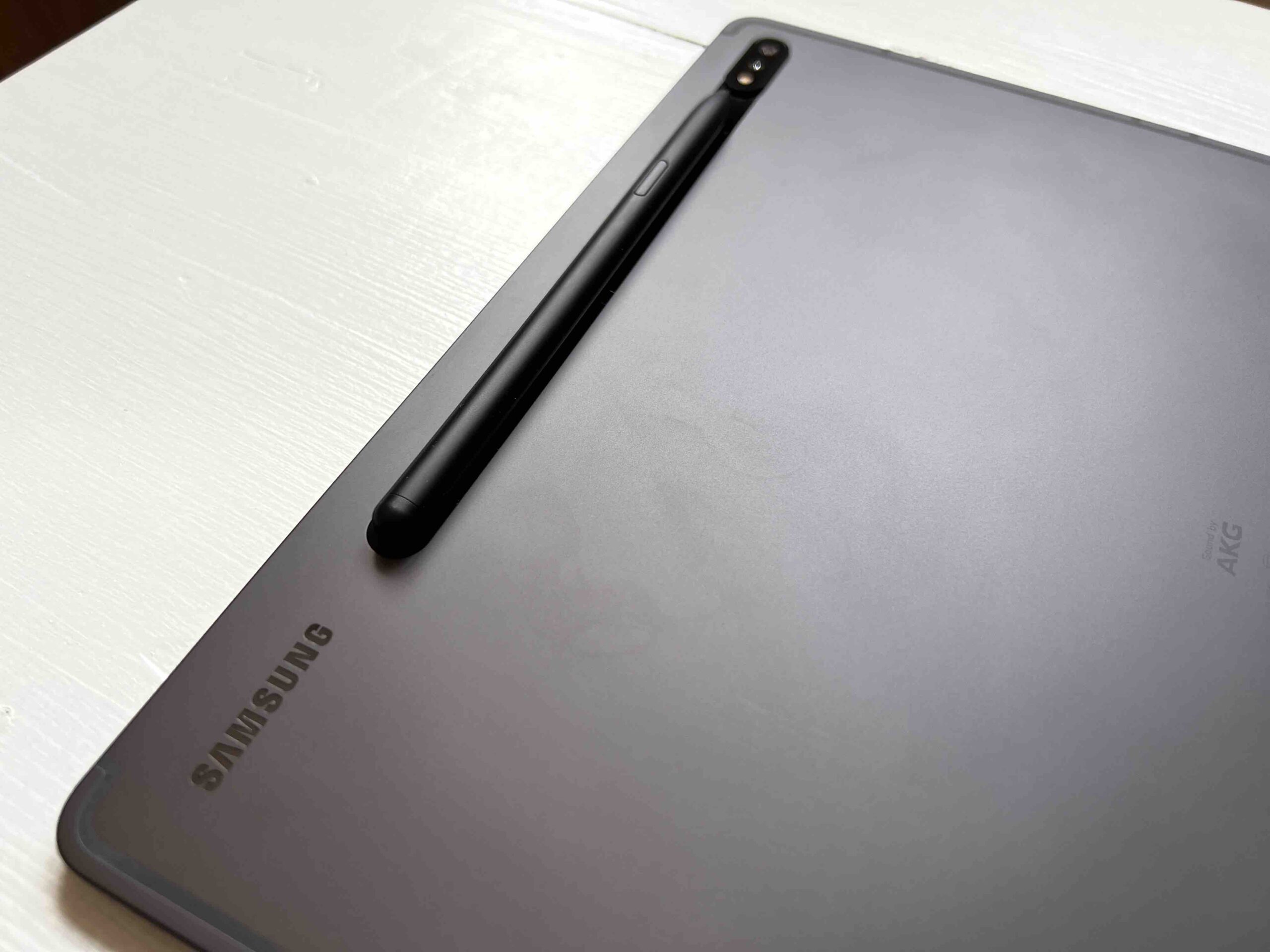
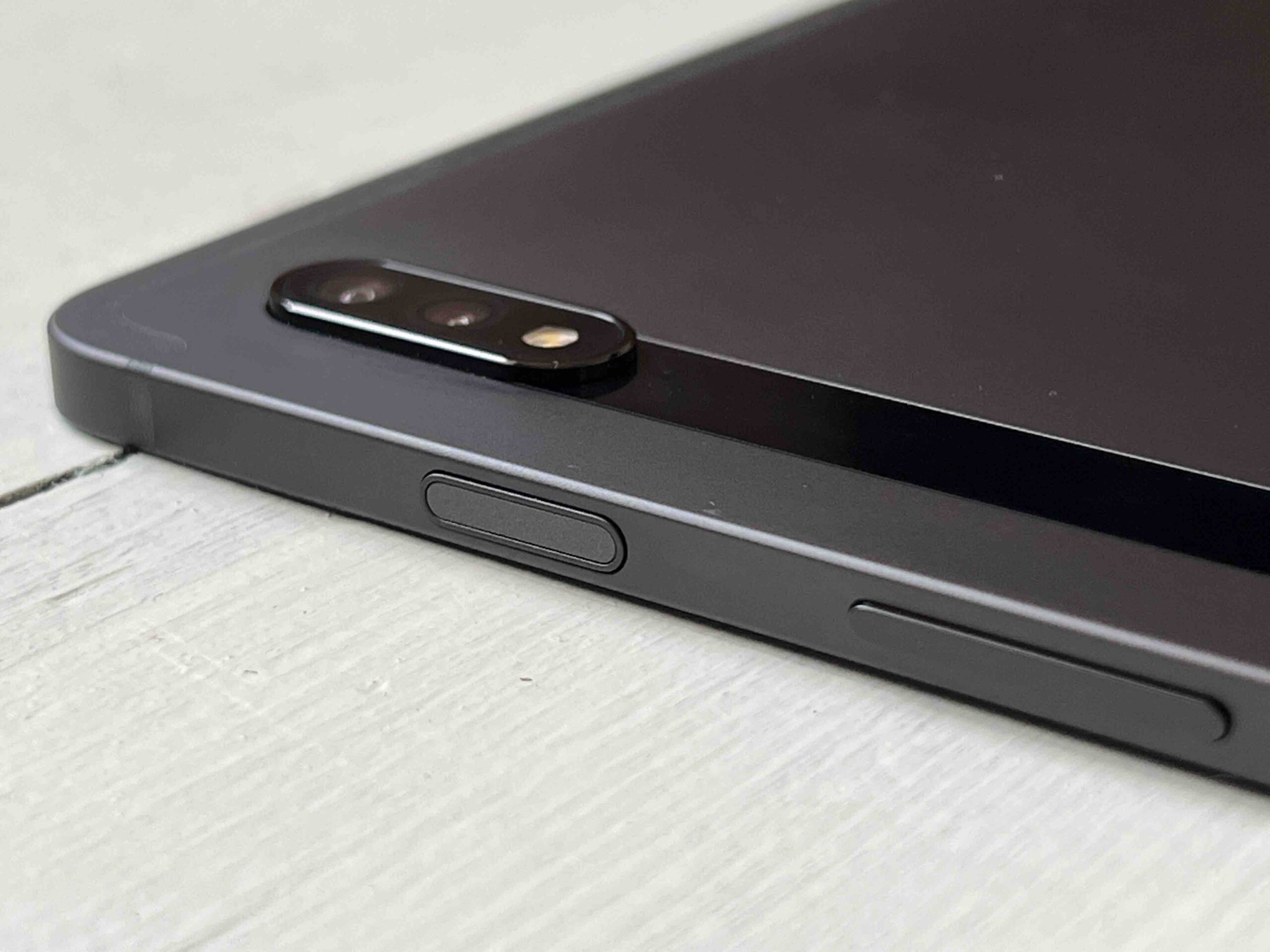
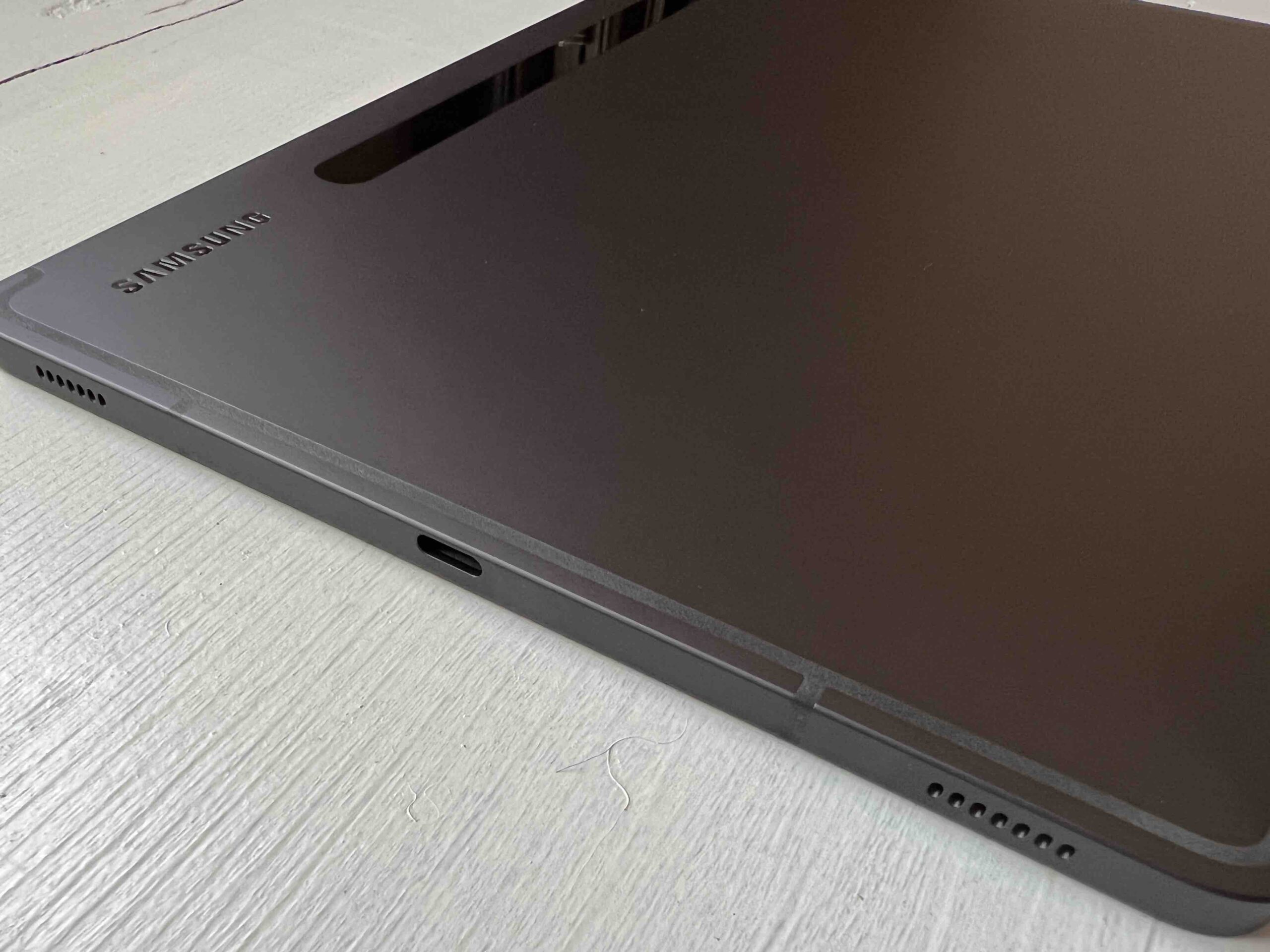
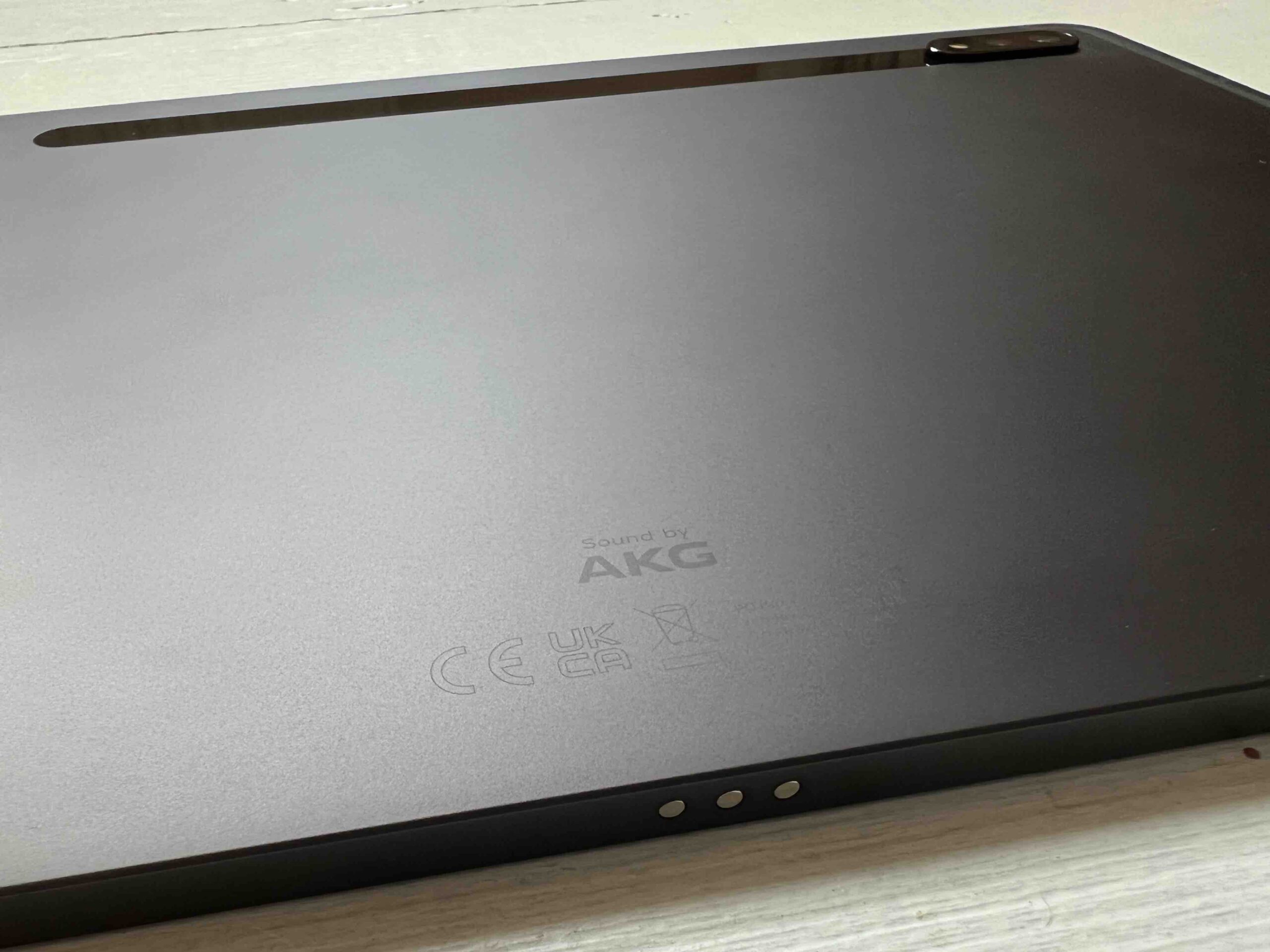
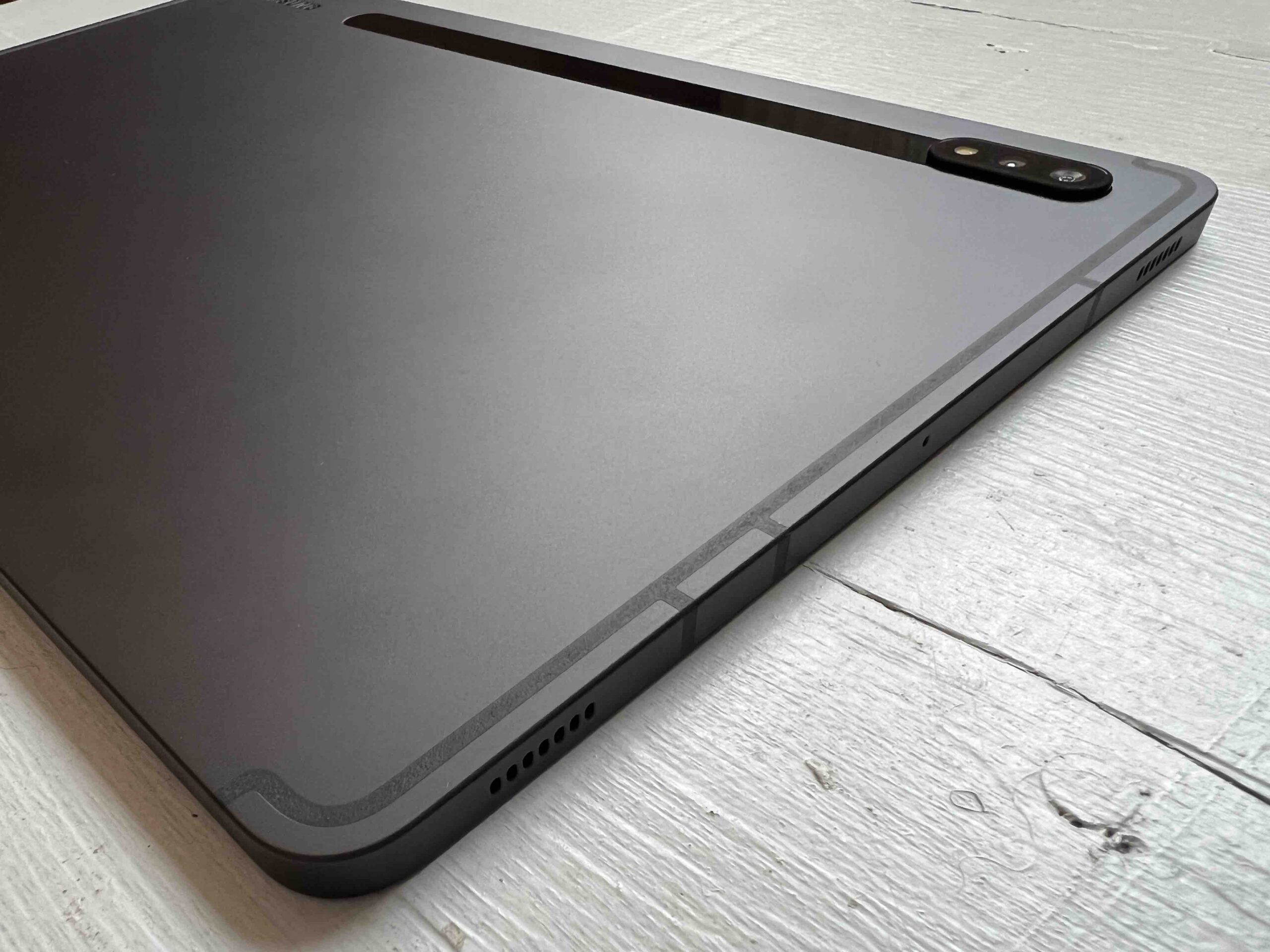
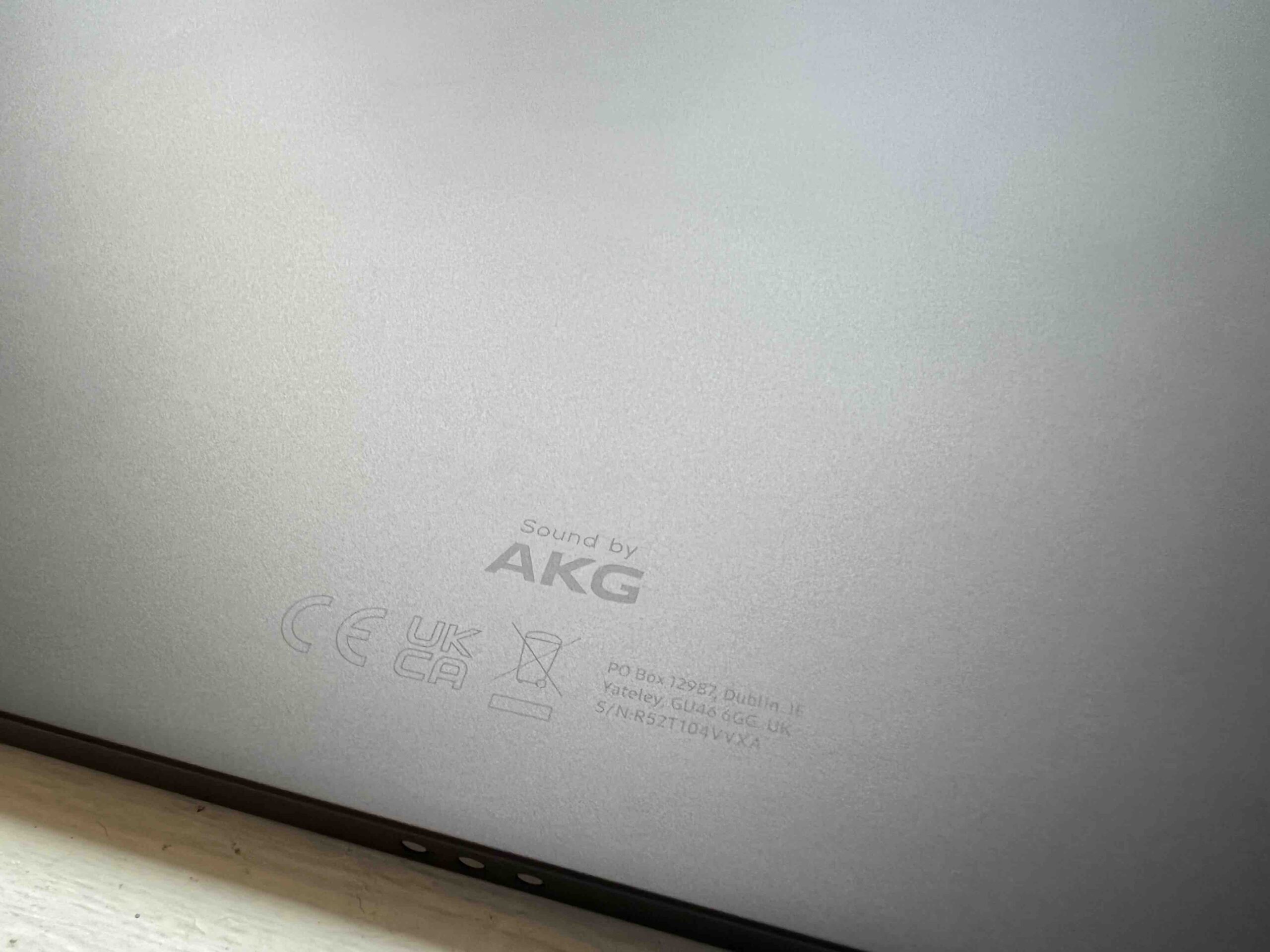
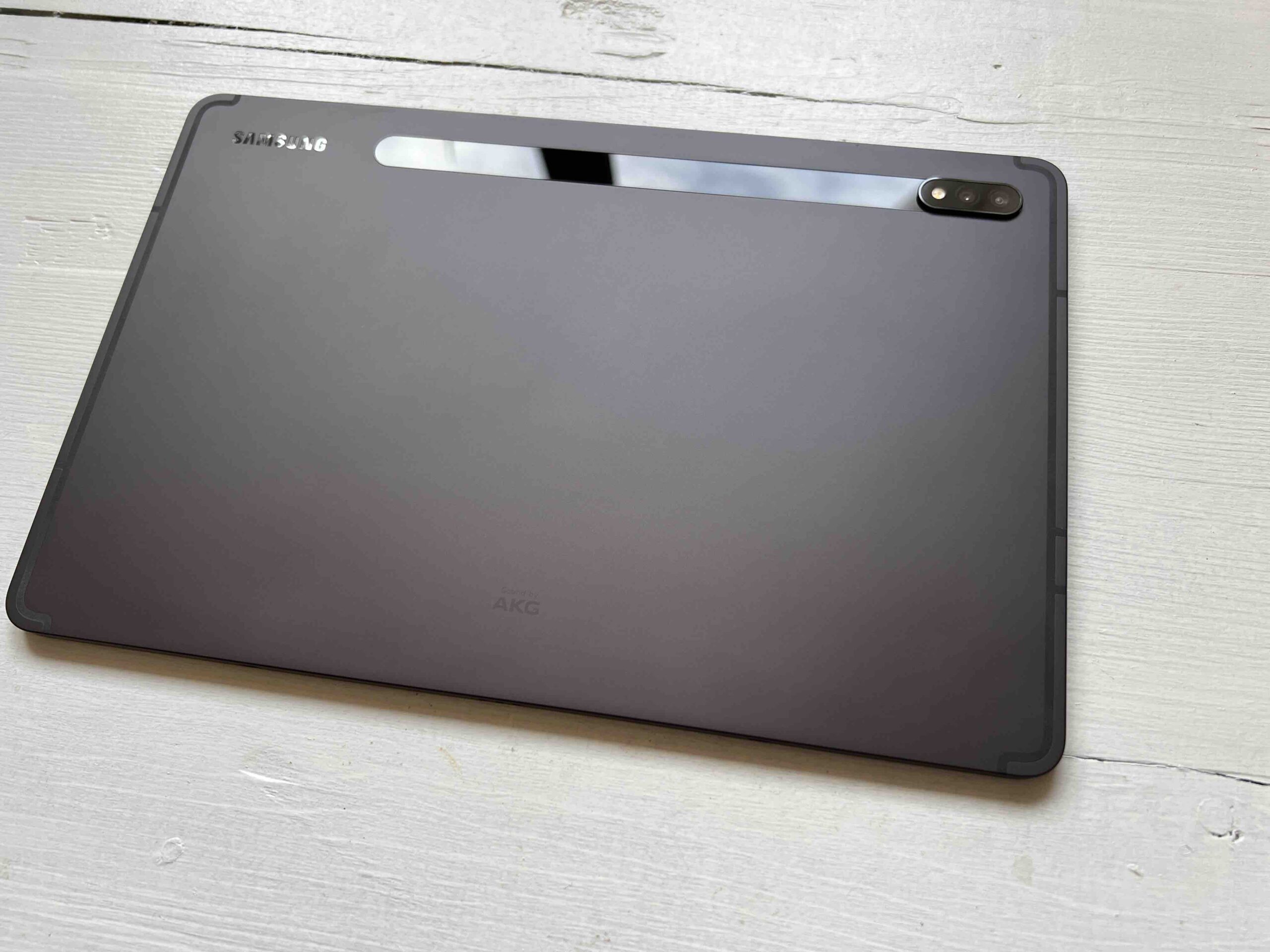

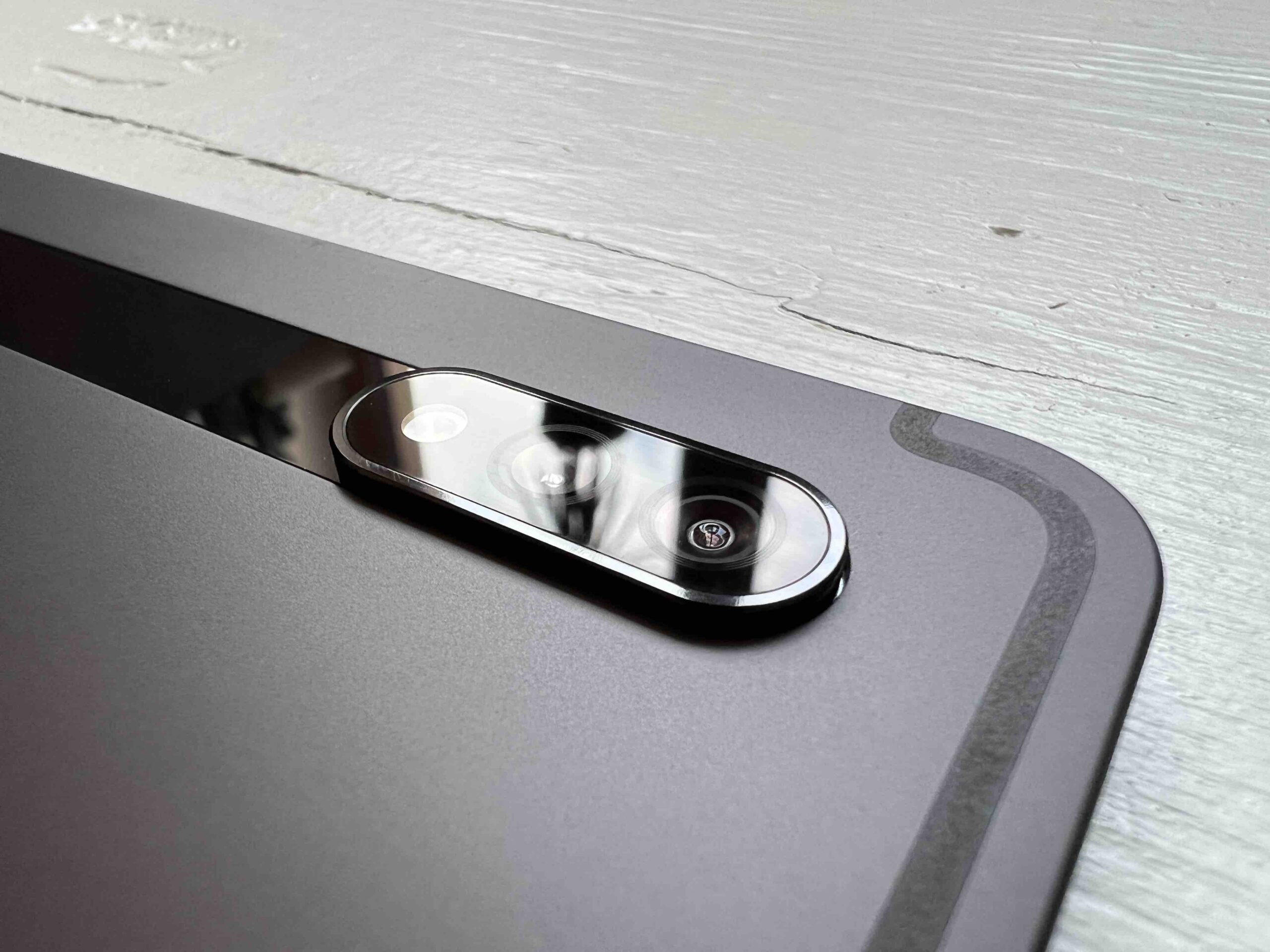
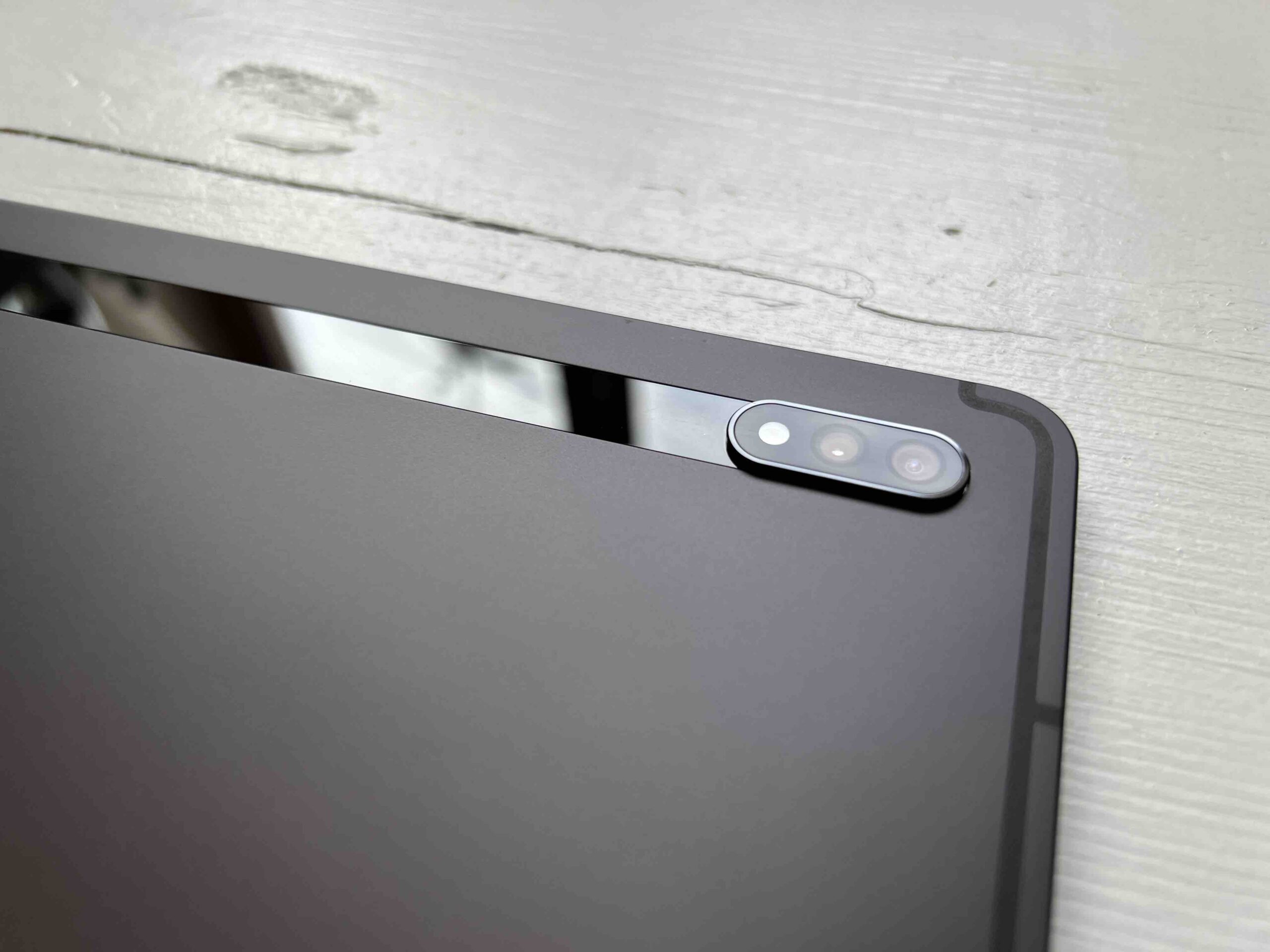
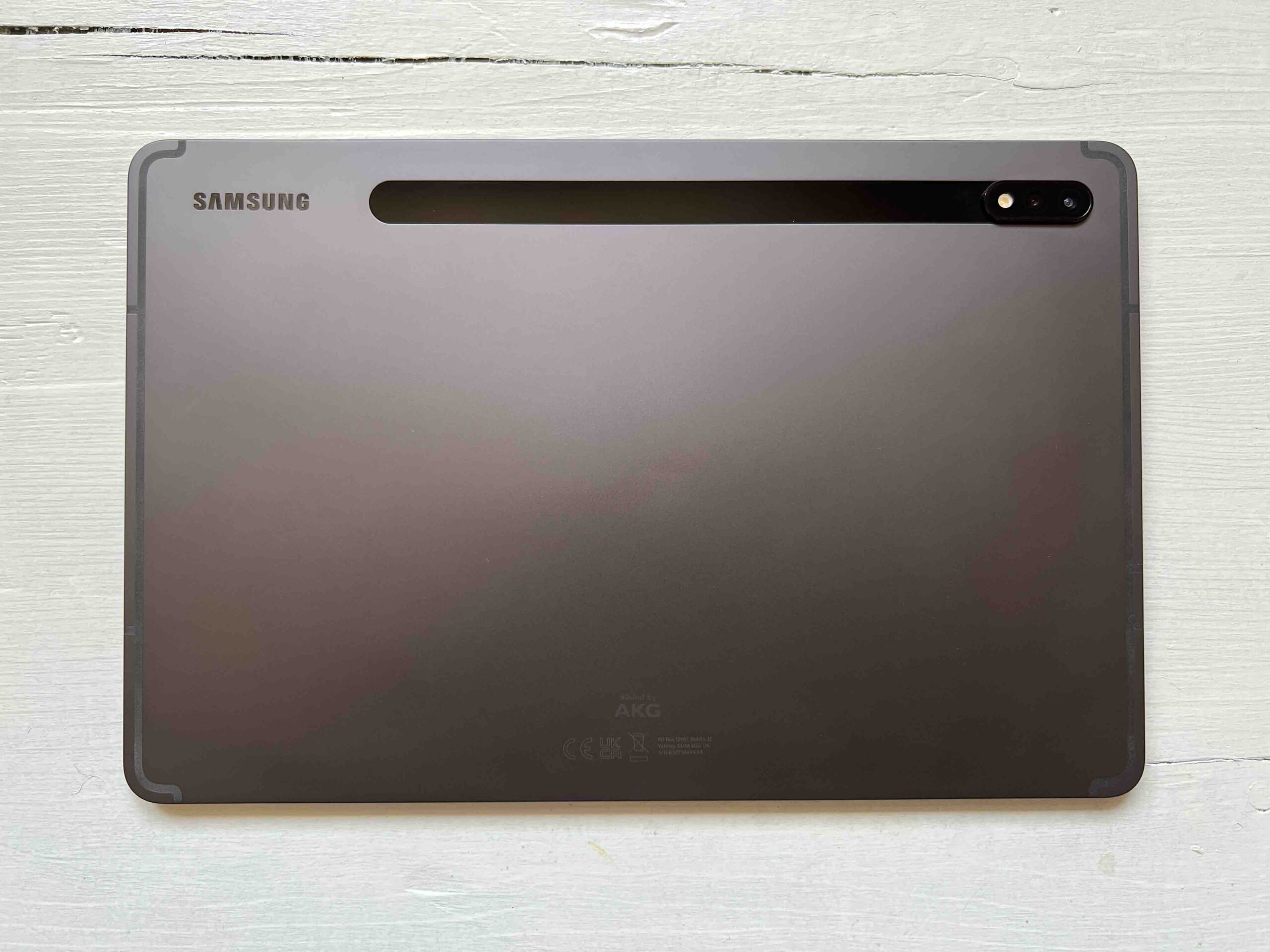
 Adam Kos
Adam Kos
😂😂😂 That caption got me. Have you noticed that all the Macbooks that Apple has released so far have been foldable?